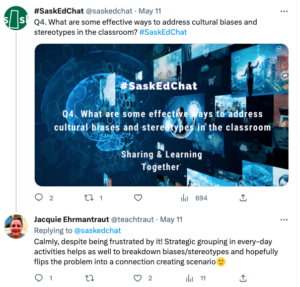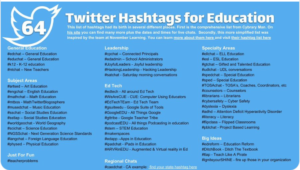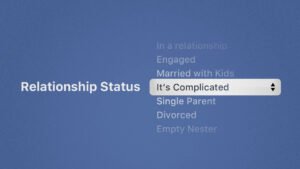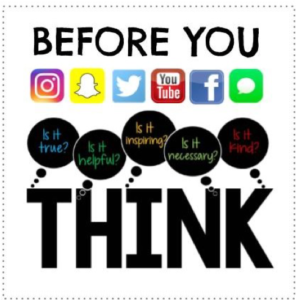I had no idea what open education was , and Alan Levine opened my eyes to its potential. I was really enlightened to hear about this philosophy. In its simplest form, I now understand that open education advocates for everybody to have access to high-quality materials for free.
Sharing is caring. Isn’t that we are all taught?
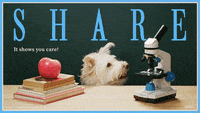
In their advocacy for open education resources, the Hewlett Foundation argues “that well-designed, customizable, openly licensed materials can engage students and energize educators in ways that enable more responsive teaching and better learning”.
ENGAGING STUDENTS?
ENERGIZE EDUCATORS?
MORE LEARNING?
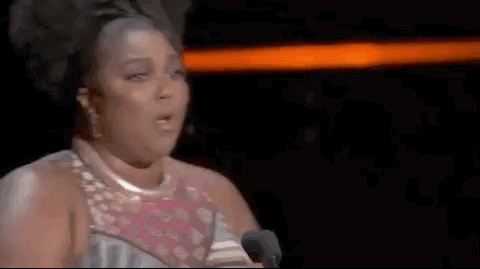
This resonates with me and aligns well with Alan Levine when he mentioned that making content available for many people to have access to is just going to make the resources better. The more people use it, the more eyes on it, the more adaptations can be made, and the better it gets. I see this as the ultimate form of collaboration, and that is where the magic happens.
I had some questions pop into my head about open education.
- Who benefits from this?
- Literally everyone.
- Who is most directly affected?
- Educators and their learners.
- What are the weaknesses?
- Intellectual property/copyright concerns.
- Difficulty accessing technology.
- Potential for low quality resources.
- What are the strengths?
-
- Eliminates barriers and expands access to resources.
- Promotes equity and equitable opportunities.
- Removes high-cost materials, making them affordable to literally everyone.
- Promotes collaboration.
- Takes the business out of education.
- Opportunity to save money, removing the stress of loans/debt.
I think it’s clear that capitalism plays an important role in this. If education opens all the doors, there needs to be a shift in thinking. I just ordered 40 “new edition” textbooks for a colleague’s class, and that ended up costing our division over $1800.00. That may not seem like a lot of money, but if every course has to do this (and they do), think about how much that adds up. Also, in order to offset some of that cost, students have to pay a fee to take that course. This is just in high school. If these textbooks were to be openly sourced, everybody would fare that much better. Divisions would save money, which then allows them to put more funds into other areas of need like support workers, nutrition workers, or even, perhaps, pay for a license for teachers to access materials for free.

Some open education resources available right now by these respected institutions (source: Blink Tower’s “Why Open Education Matters”)
If education is supposed to be for all and we are here to support everybody having the best possible education available, the culture of sharing educational resources needs to shift. I think it’s time to move from philosophy into practice.
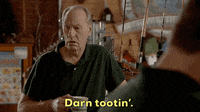


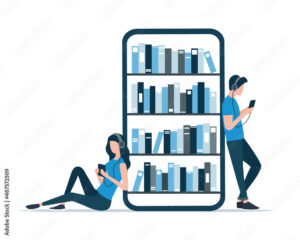
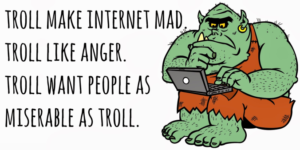 Conversations and interactions about social justice is the hard work about caring or spreading awareness about a cause because you will constantly be met with opposition and criticism…and trolls. This hard work is tough enough in the physical world, let alone the online world. Some of the trickiest pieces of online conversations about social justice (or any online interaction) is
Conversations and interactions about social justice is the hard work about caring or spreading awareness about a cause because you will constantly be met with opposition and criticism…and trolls. This hard work is tough enough in the physical world, let alone the online world. Some of the trickiest pieces of online conversations about social justice (or any online interaction) is 